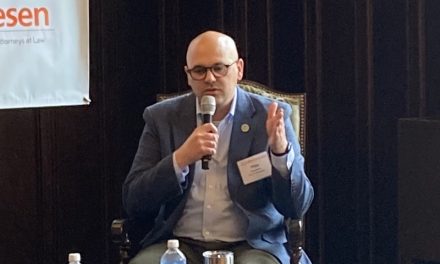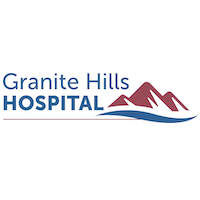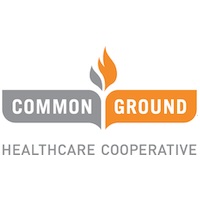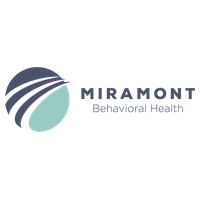
Food-as-medicine movement picks up steam

More healthcare providers and payers are promoting healthy food to prevent, treat and manage disease.
A virtual panel assembled by Wisconsin Health News this week took a deep dive into the issue.
Watch a recording on WisconsinEye, Facebook or YouTube.
Edited excerpts are below.
WHN: Why is this such an important issue?
Rachel Roller, Dohmen Company Foundation CEO: Diet-related disease is the leading cause of death in America today … Sixty percent of adults have one or more chronic related diseases that are all attributable to a poor diet. If you think about this, just in the context of our economy, we spend $1.1 trillion annually on medical costs and lost productivity due to these illnesses. It also is a national security threat for our country, where only 1 in 8 young adults right now is capable of serving in active duty if, God forbid, something should happen and we have a national threat. Regardless of the angle, this is by far the most critical domestic threat facing our nation. As a country, we really need to focus attention on this growing epidemic that is not only affecting adults, but now is affecting children at a massive rate. For that reason, access to healthy, nutritious food is so critically important.
The root cause of this problem is our reliance on ultra-processed food … They are fueling the obesity epidemic. They are fueling the diet-related disease epidemic in our country. So the very root cause of the problem is also the solution to this problem. If we can change what we eat, change our diets and focus more on whole, wholesome food — nutritious food — we can reverse this horrific epidemic.
WHN: Aspirus Health has a fruit and vegetable prescription program. What’s involved?
Tara Draeger, Aspirus director of community health and health equity: We started our fruit and veggie prescription program around 10 years ago. It really was in response to increasing education and awareness around local foods. Our hospital campus was located in a food desert. We had an existing farmer’s market, and we wanted a way to connect our patients and our staff to that resource and help them to see the value in connecting with their local farmer and purchasing produce …
Fast forwarding, we understand that connecting patients to local foods is really important, so that they understand where their food comes from. They’re eating whole sources of food. It’s better for your body. It’s better for patients who are experiencing chronic conditions and other disease states. What makes our program unique is we have 22 local farmers’ markets participating in Wisconsin, and then we do extend up into Michigan as well. Our patients are able to access the markets throughout our service area.
WHN: What are some of the barriers standing in the way of the food-as-medicine movement?
iCare CEO Tony Mollica: It’s this adoption. We’ve got structure in place now. We’ve got policy. We’ve got many organizations that are helping us with access. We’re all trying to figure out who’s the appropriate eligible population. Because there is this propensity to engage, right? Some people are not ready to take this journey. This is a hard step, a habit-changing step … Ultimately, the final barrier is going to be on the measurement and seeing the success of how they adopt it, post-being in programs, to continue that habit change.
A lot of the industry that surrounds us, I think, needs to change with this. This is not a healthcare issue. This is a societal issue … Success in five years might be showing up at a convenience store at the Kwik Trip, and you see a percentage of what they’re offering becoming whole foods and vegetables instead of that ultra-processed stuff.
David Sametz, chief business development and marketing officer at Sifter, a company that partners with healthcare groups on food-as-medicine technologies: We are starting to see food as part of the solution. Now the difference is, typically, it has been just a food benefit. That would cover food insecurity. But what we’re doing with Sifter is now we’re able to work with Medicare Advantage to make that a specific either healthy food or … a food benefit card that is going to be specific to diabetes, specific to hypertension, specific to chronic kidney disease. When you can create these very focused, granular cards, and you put those, call them, credit cards in the hands of members, guess what? They go to their grocery store. They get the produce … This whole path starts to imprint on the consumer.
WHN: What is the goal of the food-as-medicine movement?
Kathy Koshgarian, Food for Health CEO: Five years from now, this would be just a normal part of the lexicon. And food is medicine would be essentially as easy as a script in a provider’s office … The next area would be essentially the reimbursement, the funding and the adoption of just whole person health and whole eating.
This article first appeared in the Wisconsin Health News daily email newsletter. Sign up for your free trial here.



















.jpg?bwg=1612548324)











